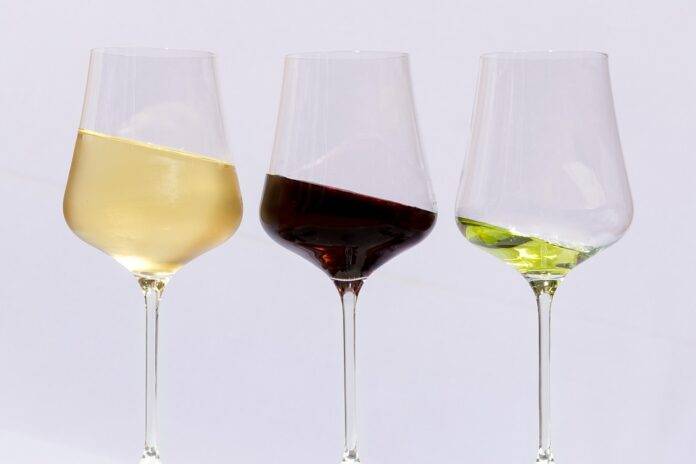Introduction
Napa Valley is renowned for its high-quality wines, with its diverse range of microclimates and unique terroirs contributing to the variety of wine styles produced in the region. Napa Valley boasts 16 American Viticultural Areas (AVAs), each with its own distinct characteristics that influence the style and flavor profile of the wines produced there. In this report, we will explore why Napa’s AVAs offer diversity in style and microclimate, highlighting the key factors that contribute to this diversity.
Napa Valley AVAs Overview
Napa Valley is a premier wine region located in Northern California, known for its world-class vineyards and wineries. The region is home to 16 AVAs, which are designated wine-growing regions that have unique characteristics such as climate, soil, and topography. Each AVA in Napa Valley has its own set of regulations and standards that govern the production of wines within its boundaries.
Diversity in Microclimate
One of the key factors that contribute to the diversity of styles in Napa Valley’s AVAs is the region’s varied microclimates. The valley is surrounded by mountain ranges that create distinct microclimates within each AVA, influencing factors such as temperature, rainfall, and sunlight exposure. For example, the cool, foggy conditions of the Carneros AVA are ideal for growing Chardonnay and Pinot Noir, while the warmer temperatures of the Calistoga AVA are perfect for Cabernet Sauvignon and Zinfandel.
Soil Composition
Another factor that plays a significant role in the diversity of Napa Valley’s AVAs is the region’s soil composition. Each AVA has a unique soil profile that affects the way grapes grow and develop, ultimately influencing the flavor and quality of the wines produced. For example, the volcanic soils of the Stags Leap District AVA are known for producing intense, concentrated Cabernet Sauvignon wines, while the gravelly loam soils of the Rutherford AVA are ideal for growing Merlot and Cabernet Franc.
Industry Insights
The wine industry in Napa Valley is a major economic driver, generating millions of dollars in revenue each year. According to the Napa Valley Vintners association, the region’s wine industry contributes over $50 billion to the US economy annually. Napa Valley is home to over 400 wineries, ranging from small boutique producers to large-scale commercial operations.
Financial Data
In terms of financial data, the average price per ton of Napa Valley grapes is around $4,500, making it one of the most expensive wine regions in the world. The region’s most expensive grape variety is Cabernet Sauvignon, which can fetch upwards of $7,000 per ton. The high prices of Napa Valley wines reflect the region’s reputation for producing premium, high-quality wines that are in demand worldwide.
Industry Trends
One of the key trends in the Napa Valley wine industry is the increasing focus on sustainable and organic farming practices. Many wineries in the region have adopted environmentally friendly techniques to reduce their carbon footprint and preserve the land for future generations. Another trend is the rising popularity of small-batch, artisanal wines produced by boutique wineries, catering to a niche market of wine enthusiasts looking for unique and limited-edition offerings.
Conclusion
In conclusion, Napa Valley’s AVAs offer a diverse range of wine styles and microclimates, making it a unique and exciting wine region to explore. The region’s varied terroirs, soil compositions, and climate conditions contribute to the distinct characteristics of the wines produced in each AVA, showcasing the rich diversity and quality of Napa Valley wines. With its thriving wine industry, strong financial performance, and commitment to sustainability, Napa Valley continues to be a leading wine destination for wine lovers around the world.




